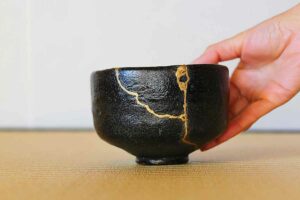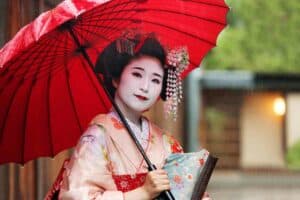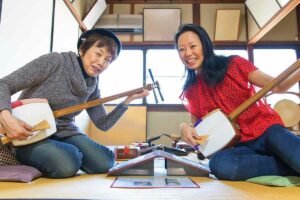In Japan, it’s pretty normal to see young children running errands and taking the subway alone without a parent in sight.
Why is this so?
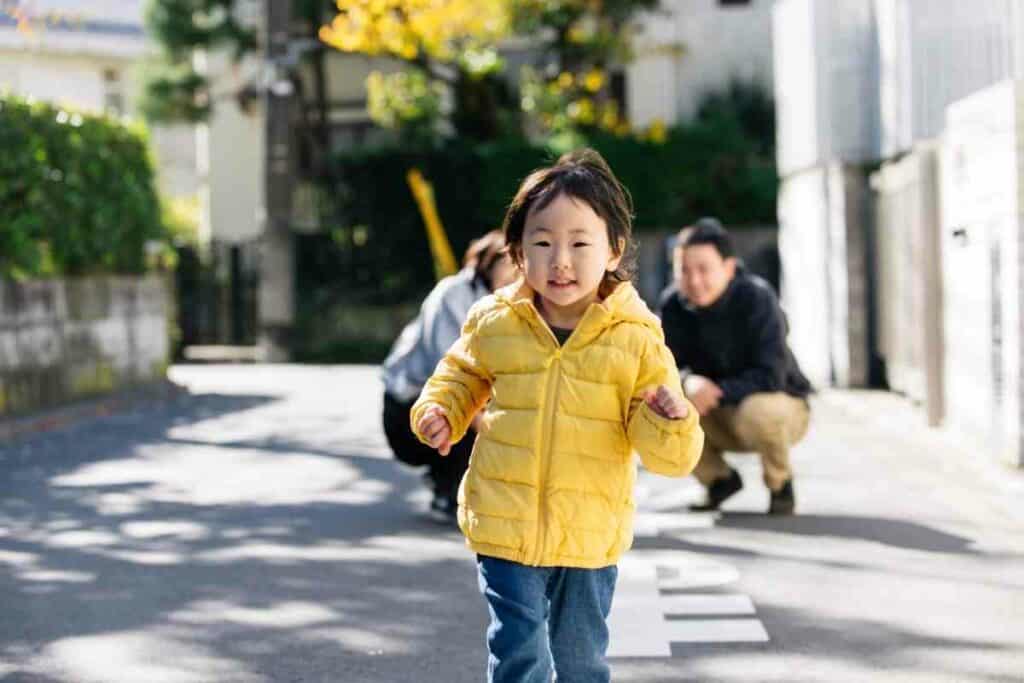
Is it that these children are just more independent and self-reliant than their Western counterparts, or is something more at play?
Let’s find out.
Table of Contents
Why children go out alone in Japan
Whenever you take a train in Japan, it’s not uncommon to see small children trooping through the train carriages looking for somewhere to sit.
They might be on their own or in a small group and could be as young as six years old.
With socks to their knees, plaid jumpers, wide-brimmed hats, and polished leather shoes, it’s a sight to be seen – especially when you realize there are no adults around.
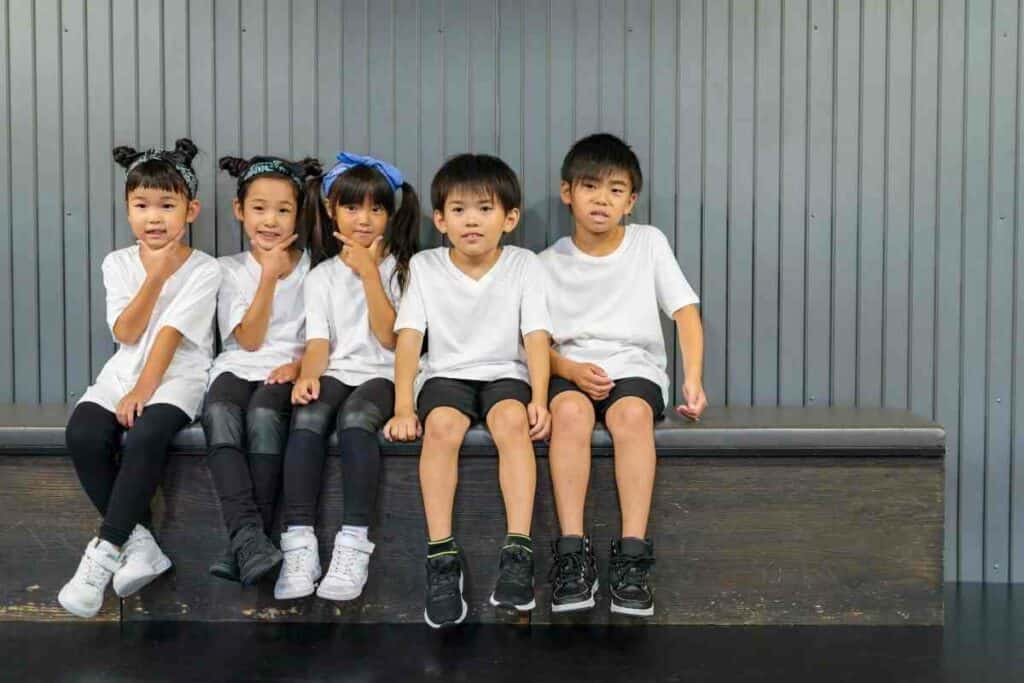
The majority of foreigners will be shocked to see just how young these Japanese children are – taking trains and buses alone or walking themselves to and from school.
In many other countries, this would be frowned upon and seen as neglectful, yet it’s a typical sight in Japan.
“Send the beloved child on a journey”
There is a proverb in Japan that says, “send the beloved child on a journey,” or “kawaii ko ni wa tabi o saseyo,” in Japanese.
This saying implies that children need to learn how to cope with difficulties and challenges from a young age.
It alludes to how Japanese children are usually socialized to take care of themselves and be independent much younger than their Western counterparts.
Hajimete no Otsukai – My First Errand
Hajimete no Otuskai is a popular Japanese TV show featuring young children aged around two to three.

The children are sent out to do a job or run an errand like going to the bakery or the greengrocer. As they do so, they’re filmed secretly by a crew.
Hajimete no Otsukai has been running for over 25 years.
It was initially a part of another TV show and was inspired by Yoriko Tsutsui’s children’s book called “Miki’s First Errand” which was published in 1977.
In “Miki’s First Errand,” a mother sends her five-year-old child out with a younger sibling to buy some milk – and not without challenge.
Why are these Japanese children so self-sufficient?
So, what is it that makes these Japanese children seem so independent?
Well, it’s actually not down to self-sufficiency at all.
Rather, group reliance is at play. In Japanese society, children are taught from a young age that they can call on any member of the community for help.
This is also reinforced in school.
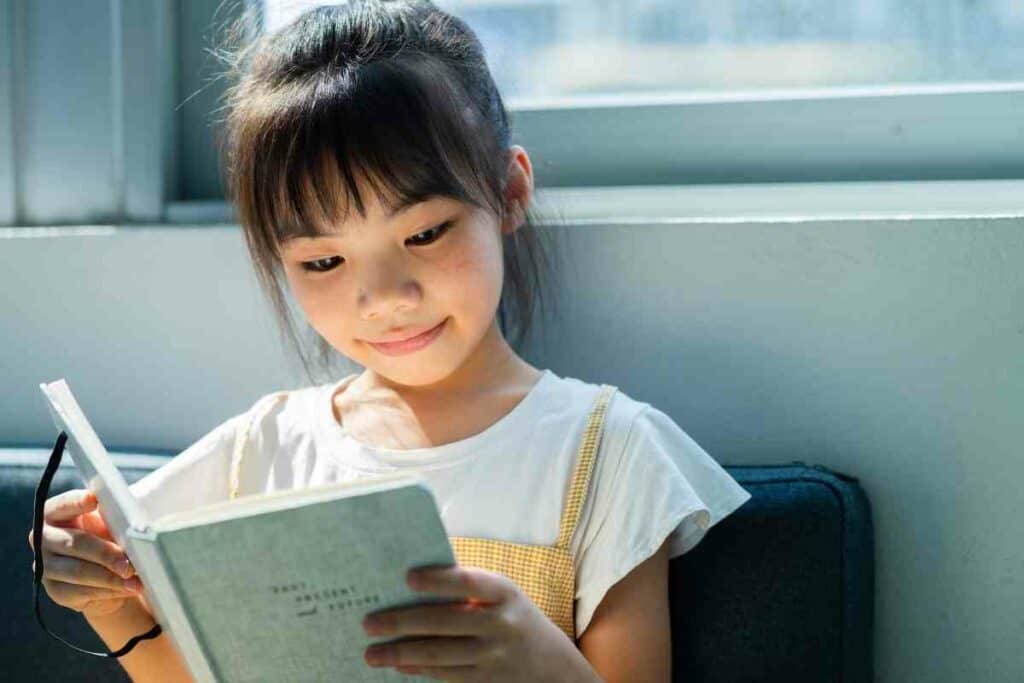
Right from the start of their education, children take it in turns to serve lunch to their peers and clean.
This means labor is distributed and children’s expectations are that they play a part in the wider picture from the start.
It also teaches them basic skills that they wouldn’t otherwise learn until a lot further down the line – how to clean toilets, for example.
When the responsibility of looking after shared spaces is divided, children develop pride in their surroundings and ‘ownership’ of their actions.
They also learn about the consequences of being untidy or mess as they have to clean it themselves.
This social ethic grows throughout their lives and is one of the reasons why the streets are so clean in Japan.
Ultimately, though, this collective responsibility means that children who are out alone in public know they can rely on others around them to help them out should they need it.
Japan’s low crime rate
What makes this all the more possible is that Japan has an extremely low crime rate.
As statistics go, Japan is one of the safest countries in the world and its crime rate has declined at a steady rate over the last sixty years.
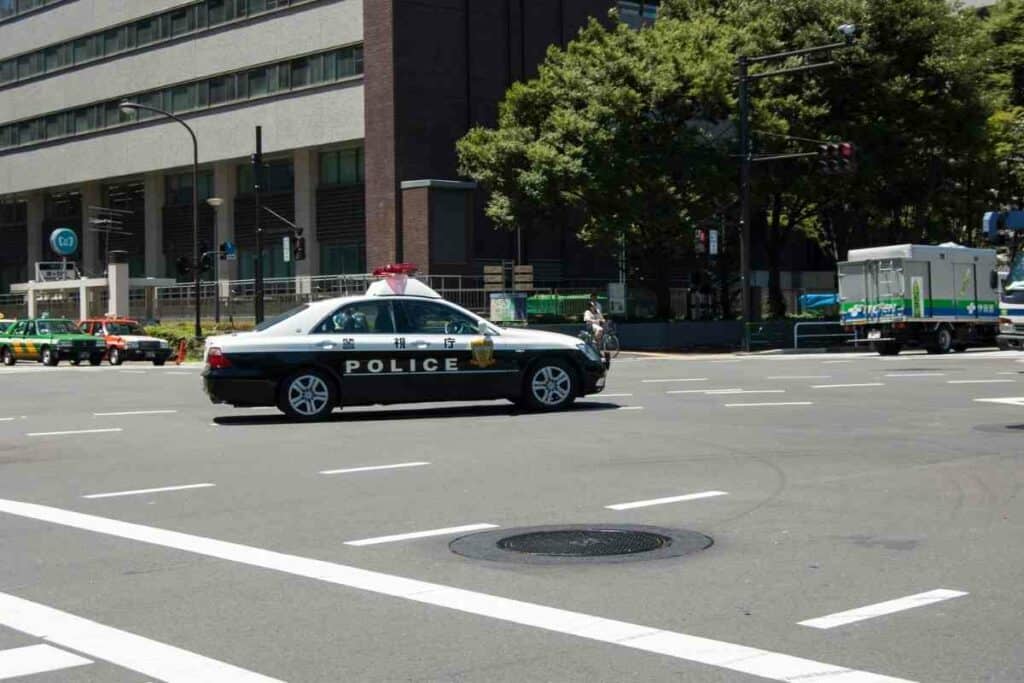
There are several reasons for this low crime rate but underpinning all things is that the Japanese culture presents a strong affinity for non-violence and passivity.
Aggression and anger are shameful in society.
Many people believe that these beliefs have been reinforced largely after Japan turned from violence in the aftermath of the Nagasaki and Hiroshima bombings.
In Japan – Only 1 in 175 households has a firearm; in the United States, this figure is 1 in 3. Buying a firearm in Japan is also extremely difficult.
What’s more, police convict over 99% of suspects involved in violent crimes – and if you are caught, the punishments are harsh.
All of these factors mean that Japan is an extremely safe place to live.
Collective community
As well as having a low crime rate, communities in Japan are much more collective in bringing up children.
As the saying goes, “it takes a village to raise a child.” Well, in Japan, it does.
Most small Japanese children would think nothing of asking a stranger to help them if they were in trouble or lost.
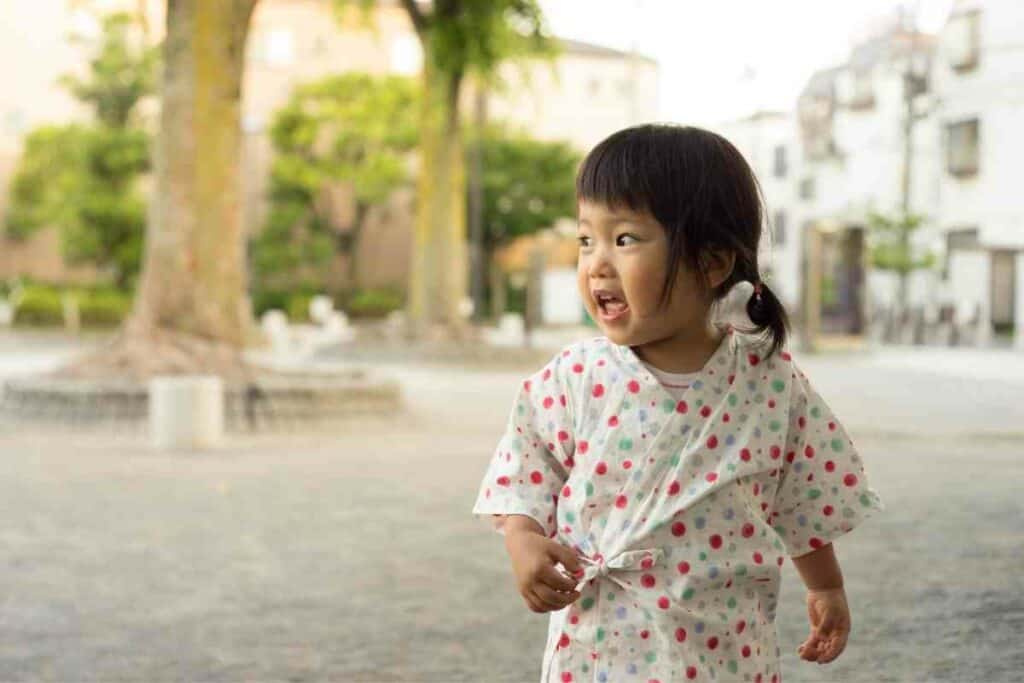
Conversely, in the West, we have ‘stranger danger’ hammered into us from toddlerhood and every stranger is a possible threat, pedophile, or criminal that might want to hurt you.
The origins of collective community
For many hundreds of years, Japan was isolated and had very little exposure from other nations and influences.
This meant they develop ways to maintain equilibrium and harmony in society. This is also reflected in the Shinto religion, which is described as coexisting in harmony with nature.
There’s also the concept of wa or harmony.
This dates to around 600BC when a hierarchically structured government system first began. With wa, each person knows their place in society and knows what society expects of them.
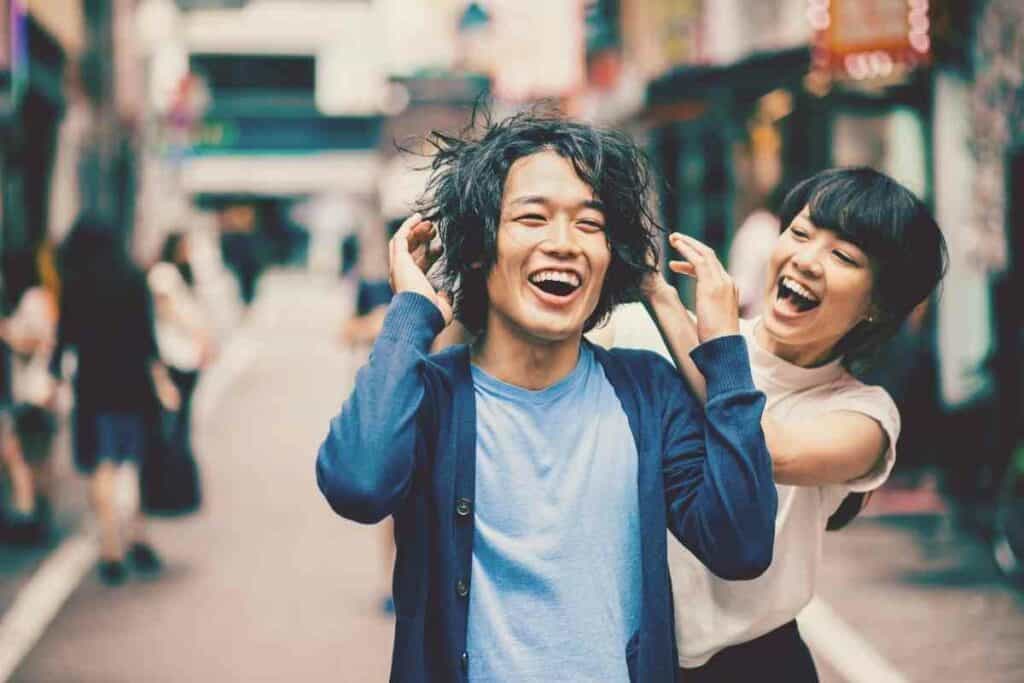
To implement harmony in their life, Japanese people seek to avoid confrontation. It’s even seen as immoral to show you’re angry when you’re in public.
What’s more, a person’s individual needs are seen as secondary to the greater cause. This is the reason why many Japanese workers work long hours and rarely take days off.
Japan also doesn’t have many retirement facilities. It is seen a role of the younger members of the family to take care of older family members.
Furthermore – There is a hierarchy of respect to superiors and elders as well as a customary use of language to address people of a higher and lower status.
Final Thoughts – What this means for Japanese children
With all this taken on board, it’s not difficult to see why Japanese parents let their children go out alone.
Their children have been taught to respect elders, take care of their collective environment, and seek support from anyone who’s available, and society knows that they have a collective responsibility for others.
Finally, with crime rates low and conviction rates high, it just isn’t as much of a risk as it would be for families in the West.
I’m sure there are still nerves the first time that parents let their children go out alone though – on both sides!
- Japanese Wedding Traditions (Venue, Dress & Food)
- Kintsugi: Perfectly Imperfect Ceramic Art (with 8 Examples)
- 5 Best Japanese Makeup Brushes for a Flawless Finish
- Maiko Vs Geisha Compared: What Are the Differences?
- Japanese String Instruments (9 Famous Ones)
- Best Onsen Destinations In Japan (10 Top Locations)


